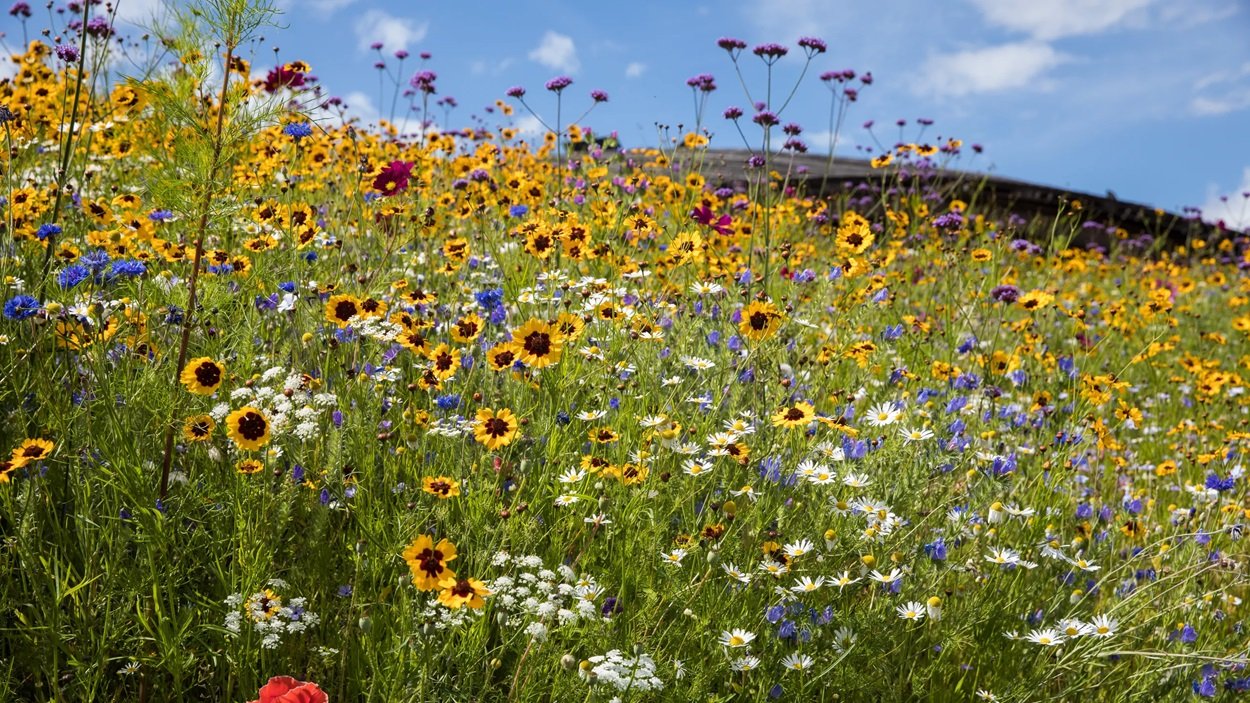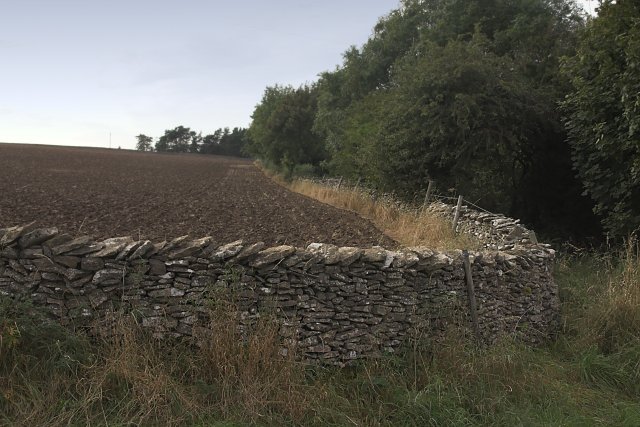Ploughing Away Diversity: The Impact of Modern Agriculture on Ecosystems
Wildflower meadows and similar habitats have disappeared. Because homes have disappeared, the natural inhabitants have been displaced, and that’s caused a massive decline in population numbers. The problem is, these natural residents of wildflower meadows are not tremendously helpful to us - they are even more important than that!
What’s happened to wildflower meadows in the UK?
The short answer is that they have largely disappeared. Tragically, we have lost 97% of the UK’s wildflower meadows since the 1930s.
The seeds of this large-scale habitat loss in the UK were sown following WWII. Post-war governments encouraged farms to be able to produce more from their land after realising that the UK’s dependence on food grown outside of the UK could have led to mass starvation if food importation was affected during the war.
That realisation is very stark. So government advocated farms develop greater efficiency. Much like productivity is talked about today, increasing land efficiency means producing more food from the same amount of land. How? Mechanisation and chemicals.
A rare sight in the UK now, but vital for the wildlife they support.
Mechanised farming equipment has been affecting natural habitats in two ways:
Increased efficiency meant farm sizes increased, leading to habitat destruction.
A lack of nimbleness driving big machines has necessitated further habitat destruction, allowing big machines to move over land and through fields.
Today, the average farm in England is 87 hectares. Fifty-two per cent of UK farms are arable (meaning they grow crops), and 35% is permanent pasture land for animals.
Squeezing more from the same land year after year is exhausting, which is what is increasingly happening to soil on farms across the UK. To continue producing the same or more from land increasingly exhausted is facilitated by agro-chemicals - herbicides to kill weeds, fungicides to ward off disease, and insecticides to kill insects. For any pollinators clinging onto life, widespread agro-chemical use is pushing population numbers further down.
What effect has loss of natural habitat had on pollinators in the UK?
Loss of these natural wildflower meadows is tantamount to pollinators losing their homes and sources of food. As these habitats have decreased by 97% since the 1930s in the UK, we can expect that the natural inhabitants of these spaces have also faced steep population declines. Not as severe as 97% as some have managed to adapt, making their home within your home and elsewhere.
There are estimated to be over 1500 pollinating species in the UK. The problem is population indicator numbers haven't been recorded as long, and no long-term data exists. We do know that since 1980, pollinators have decreased by 24%.
How does the loss of this specialised habitat and pollinators affect us?
The drastic decline in pollinators will have serious ramifications, which are being seen. Plants form the building blocks of all ecosystems. Fewer pollinators to spread pollen and seeds prevent plants from spreading. Biodiversity in the UK is among the lowest in Europe. And if there aren't pollinating insects around to continue pollinating, we can expect natural habitats and species numbers to continue dwindling with knock-on effects on the animals and birds that rely on them.
On top of the fact that pollinators, to a certain extent, represent the perpetuation of life (not an overstatement), pollinators are also very cheap and effective labour for UK agriculture. Each year, the remaining pollinators work hard to pollinate £690 million of crops. It would cost UK farms and consumers an estimated £1.8 billion every year to do the same job ourselves. If the beauty of wildflower meadows isn't enough to incentivise action, think of the price impact next time you go to the supermarket.
We’ve got a big problem on our hands, how can the UK fix this?
The solution is simple - creating and planting more meadows, restoring these natural habitats and stabilising pollinator populations.
The answer to how we create enough of these natural habitats to stabilise pollinator numbers is complex and complicated.
Resistance is based on fear and history. Don’t forget the roots of this problem are based around a fear of mass starvation because not enough food was produced within the UK. This caused fear in government, which enacted policies contributing massively to today’s problem and also through the population as the prospect of starving because there isn’t enough food due to being cut off is very scary.
Fear is also found in the agricultural community - fear of a loss of productivity, a loss of employment, and, ultimately, loss of income. Resistance to change of practice amounts to a fear of the unknown and the identified and surprise risks.
At the very least, every farm has unused spaces like around the edge of this wall that can be diversified with wildflowers.
However, the extent of fear amongst all these groups is unnecessary as pollinators and biodiversity positively impact agricultural yields and can reduce costs. The first step to tackling everyone’s fear is to start that conversation that change is not as scary as may be perceived. It’s a matter of showing first that developing these spaces and environments has no impact on wages and food production, and, secondly, wildflower development and hedgerow development on farms can save money and boost productivity through minimising weather effects and improving soil quality. Once properly understood, shedding current and historical fears, wildflower propagation to stabilise pollinators looks exciting.
To sum up
Every farm has unused land. Rather than looking at these unused, forgotten strips and parcels of land that may only occupy a few metres squared, let’s convert it. Let’s turn these few metres of wasteland into spaces for pollinators to live, contribute to farms, and allow these outsized workers a chance to stave off extinction, allowing many more vital species to continue living.
If you’d like to invest in agro-forestry, whether developing hedgerows, wildflower meadows, silviculture, or whatever, and have questions on the benefits, where to start, or how to get your project funded, please contact Protect Earth.



